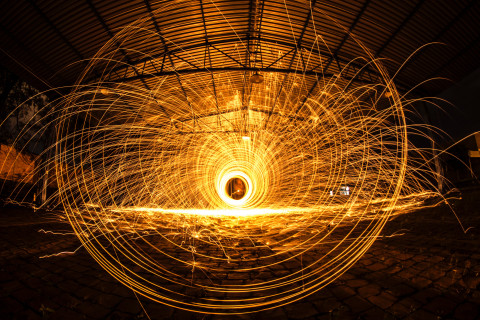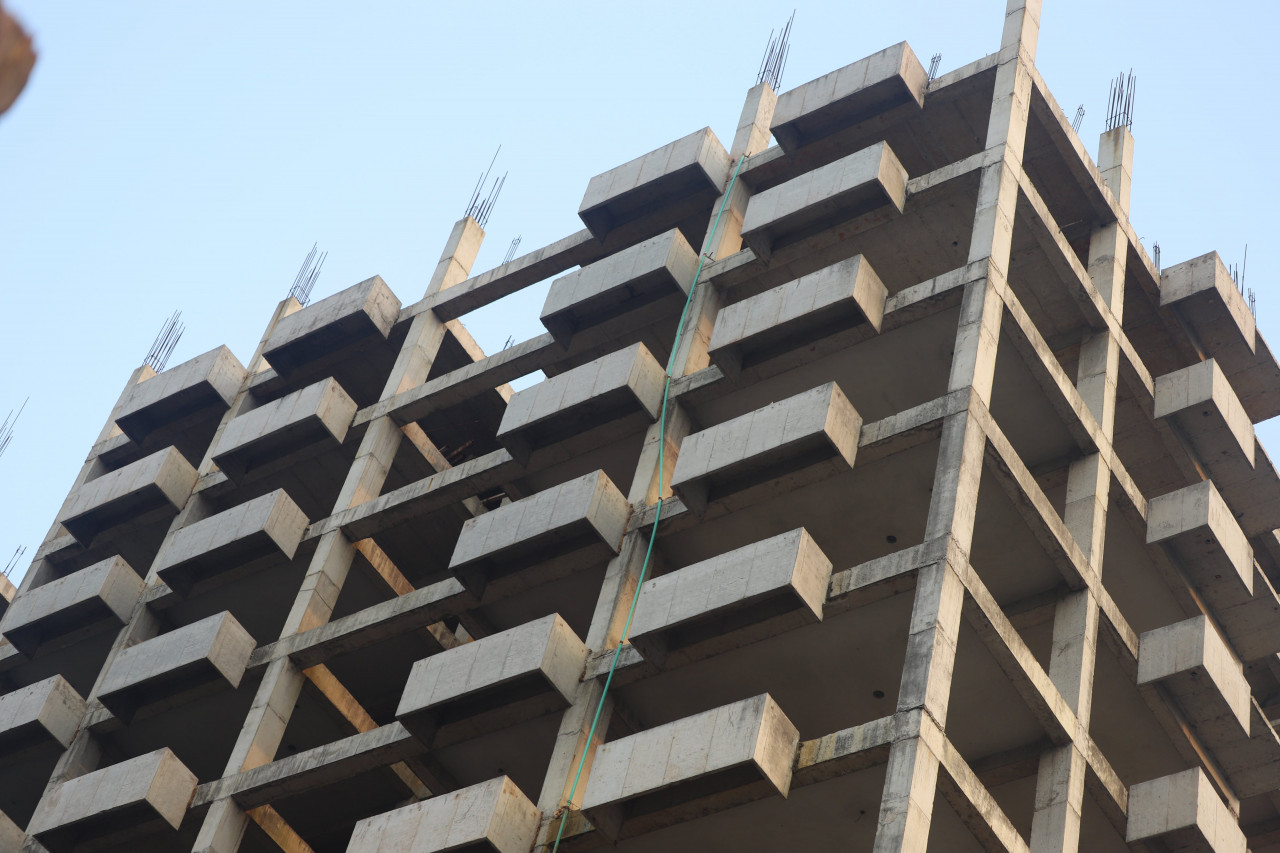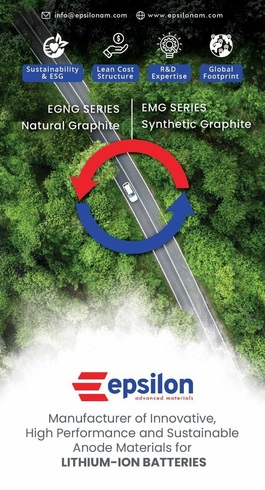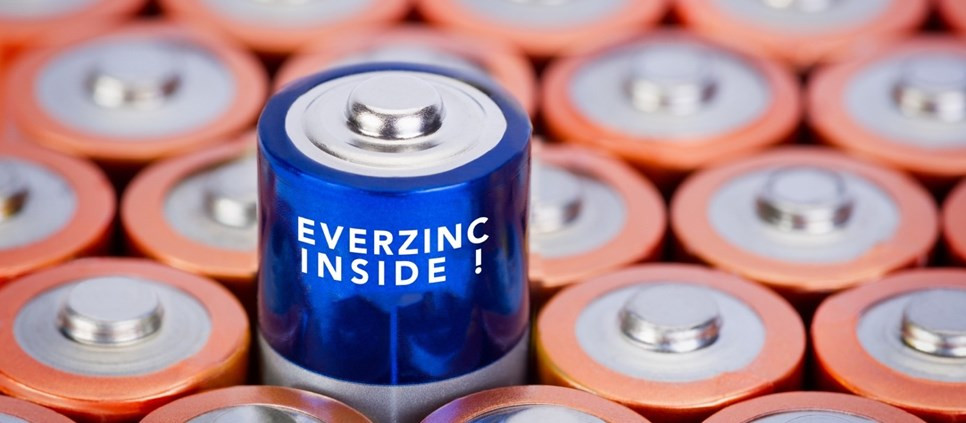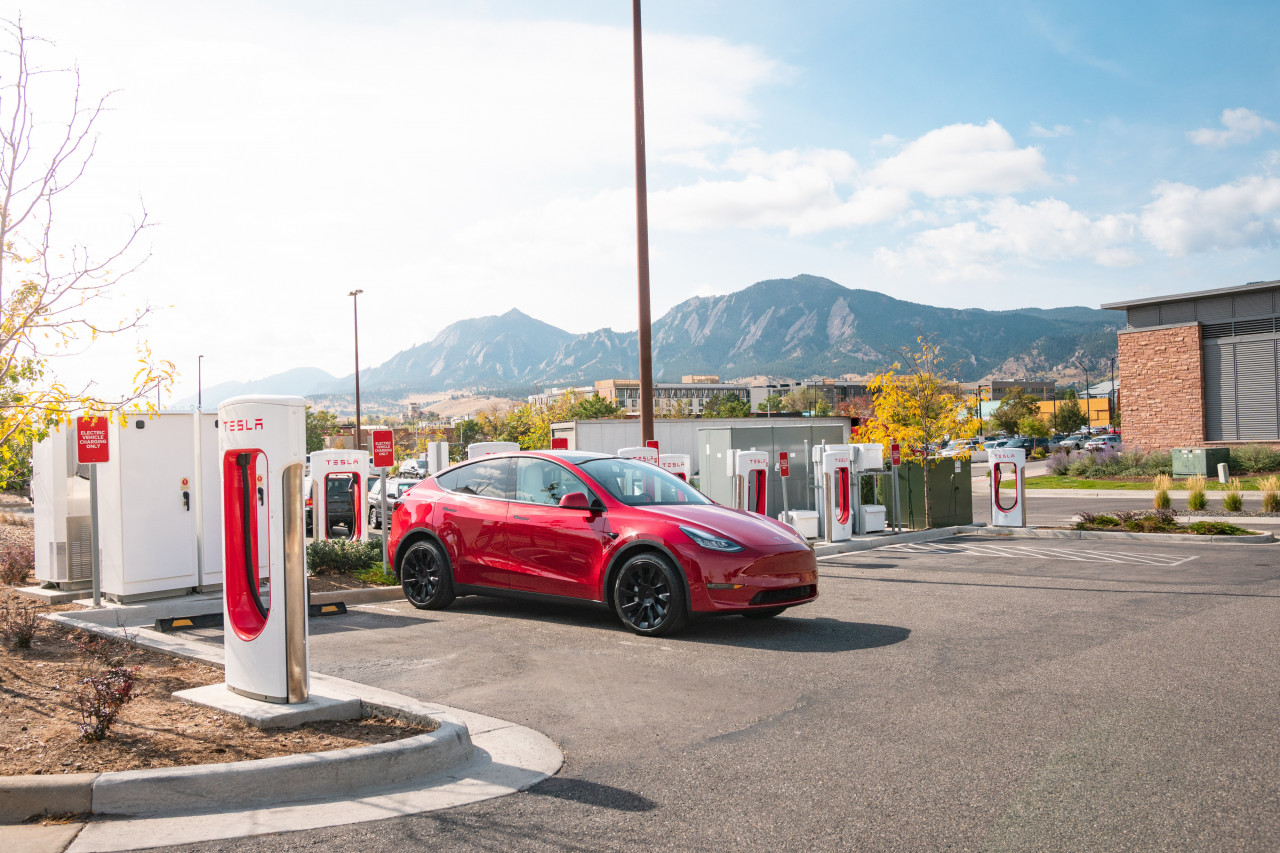Green concrete offers a quick fix to building emissions
The buildings & construction sector is among the most polluting industries in the world, accounting for up to 40 percent of global carbon emissions, according to one estimate. Is there a way to decarbonize the industry? One solution that has cropped up is green concrete.
Concrete is a mixture of four primary ingredients: sand, gravel (also known as agglomerate), water and cement. Green concrete takes all of these and adds one more: carbon dioxide. The resulting hybrid is a mixture that can help the sector reduce its carbon footprint and provides manufacturers an alternative to industrialized carbon capture, which generally involves storing capturing carbon and storing it underground.
To be sure, green concrete is not a miracle cure. The mixture cannot even store enough carbon generated by its own industry, much less propel the world to the finish line of its carbon reduction goals. But green concrete offers an excellent short-term solution that can be deployed while the world works on developing new technologies and finding new fixes.
How is green concrete made? Regular concrete is made when the four primary ingredients are mixed together. In most cases, the mixing takes place in large, revolving drums perched on top of specialized concrete trucks – because concrete 'sets' or hardens quickly, it must be placed within hours of mixing – that are a common sight on construction sites. In the case of green concrete, companies simply spray liquid CO2 inside the mixing drum.
The liquid CO2 then reacts with the calcium ions present in the cement to form calcium carbonate, a rock-like mineral embedded inside construction material. The creation of calcium carbonate reduces the quantity of cement (a critical binding agent for all the other materials) needed in the mixture, thus offering dual benefit – lesser cement means lower emissions from its manufacturing and the use of liquid CO2 helps to lock in carbon emissions that would otherwise been released into the atmosphere. It is estimated that using green concrete can help reduce concrete's greenhouse gas emissions by about five percent.
In volume terms, that's a lot: the buildings sector requires roughly 30 billion tonnes of concrete each year to construct houses, roads, bridges, and other structures (dams, factories, bunkers, etc), and analysts estimate the material is responsible for seven to eight percent of global emissions, mostly when companies heat limestone and clay to make cement.
_____________________________________________________________________________________________________________
Green concrete in practical applications
Green concrete is basically any concrete that uses waste material as at least one of its components or is manufactured in such a way that its production does not cause environmental destruction. World over, researchers have developed green concrete that either significantly reduces energy consumption and environmental impact. Here are some examples.
- E-tail giant Amazon used it for the company's upcoming new headquarters at Arlington in Texas
- Microsoft is setting up a data center in Quincy in the state of Washinton that uses concrete containing limestone derived from microalgae
- Some companies are evaluating other concrete-mix variants that use fly ash from coal plants or slag from steel mills to further reduce cement and its emissions. Others have implemented industrial ecology and green chemistry concepts in cement making
- Researchers from the Massachusetts Institute of Technology (MIT) have found that they could cut concrete's carbon footprint 15 percent by adding a simple household item – baking soda – to the cement before it is mixed with the other ingredients
- Some companies have taken the nanoengineering route and studied the structure and organization of cement nanoparticles inside the concrete mix to improve performance
_____________________________________________________________________________________________________________
Another way of making green concrete involves starting off with green cement (produced using discarded waste such as slag from blast furnaces and fly ash from coal plants). This can have immense benefits. One way in which the cement industry differs from other sectors is that majority of its CO2 emissions are a result of process chemistry rather than fuel combustion. Consulting firm Fortune Business Insights estimates the global market for green cement will grow from $32.3 billion in 2022 to $35.7 billion in 2023 and further to $69 billion by 2030, exhibiting a CAGR of around 10 percent over the period.
Companies such as UltraTech Cement, ACC Limited and JSW Cement from India, Ecocem from Ireland, Heidelberg of Germany, Holcim of Switzerland and Cemex of Mexico are among those running green cement operations and/ or pilots to ensure they can decarbonize operations.
More are getting into the act: In May this year, India's Ambuja Cements began to expand clinker capacity at its Bhatapara and Maratha units by 8 million metric tons a year. The expansion, set to close in two years, will enable production of 14 million metric tons of blended green cement a year.
Market wise, North America is the largest market for green cement at $12 billion in 2022, although Asia-Pacific remains a thriving market as economic development and rising population propel construction activity.
A recent report from the World Bank's International Finance Corporation posited that the developing world needed $1.5 trillion to remake its buildings into eco-friendly structures.

China's buildings sector needs a $1.33 trillion makeover to keep emissions in check: World Bank
In addition to makers, green concrete has also found takers. These include Amazon, which used the material for its upcoming headquarters at Arlington in Texas, and Microsoft, which is testing a variant that uses limestone from microalgae for a new data center building. Other companies are evaluating green concrete variants that use slag from steel mills and fly ash from coal plants to reduce the carbon footprint of cement, known as green cement.
One startling discovery came from researchers at the Massachusetts Institute of Technology (MIT) in Boston. The team discovered they could cut concrete's carbon footprint 15 percent by adding a simple household item – baking soda – to the cement before it is mixed with the other ingredients.
Is there anything better? Yes. Large-scale solutions are the only real answer to cut the building & construction sector's carbon footprint.
Some of the biggest reductions will occur from a transition to clean energy. When cement plants start running on renewable power – while deploying carbon capture technologies to withhold emissions and store them – that's when the sector will be able to make a serious dent in its emissions.
Alternatively, cement companies need to deploy large-scale carbon capture. Such a process is already underway.
Earlier this year, German cement company Heidelberg signed an agreement with the Government of Canada to spend a $1 billion adding a carbon capture unit at its factory at Edmonton. The unit will pull back 95 percent of the factory's carbon emissions – or 1 million metric tons a year, an amount too big to store in concrete. Instead, Heidelberg's proposed carbon capture unit will store its emissions underground. The unit will become operational in 2026.
Separately, Heidelberg is building another carbon capture and storage project for its cement plant at Brevik, Norway, which will store 400,000 metric tons of CO2 a year (half the factory's emissions) in a permanent underground storage site in the North Sea. That project is scheduled to go on stream next year.
SsangYong C&E, South Korea's leading cement maker, announced plans to invest more than $600 million in large-scale carbon capture facilities to halve CO2 emissions by 2030.
In India, the issue is more complex. A recent study estimates that Indian cement makers will have to spend ₹47 lakh crore -- $630 billion -- in additional capex if the industry is to reach net zero.
